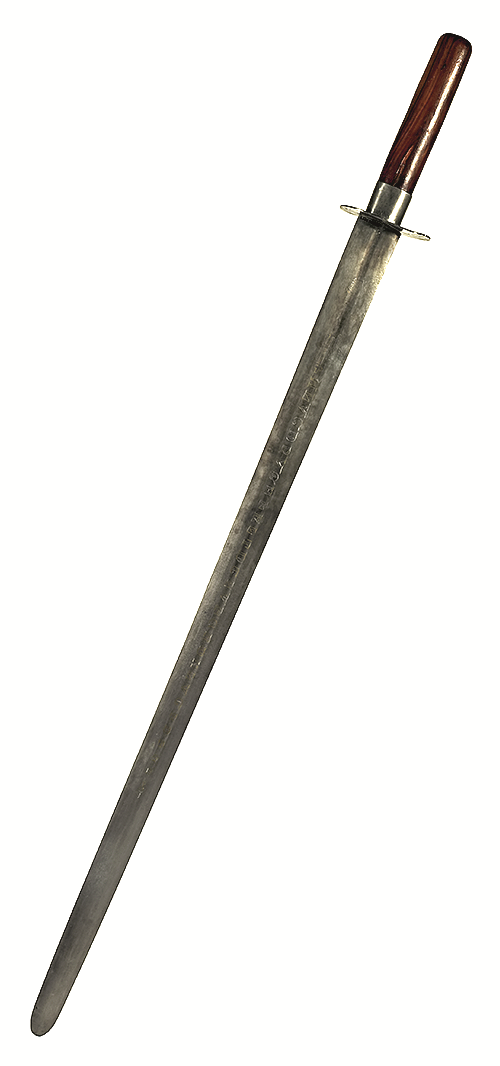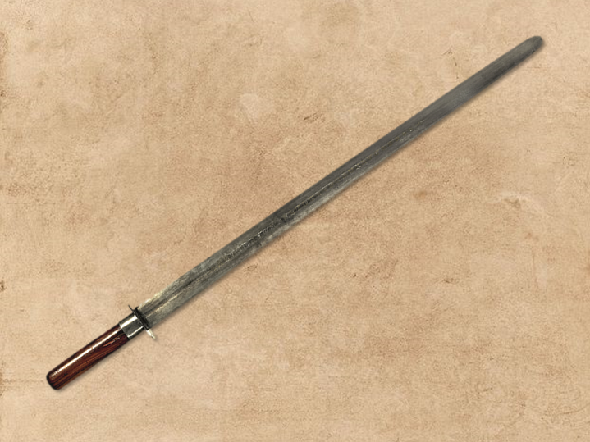A museum director from Switzerland is asking for help. Can a reader decipher the inscription on an executioner’s sword?
The Thunersee (Lake of Thun) is not only one of the most beautiful places in Switzerland, but also plays an important role in the German sports history.
During the 1954 soccer world cup, the German national team, coached by the legendary Sepp Herberger, resided in the hotel Belvédère in Spiez, a town on the Thunersee. The positive attitude the team developed in this environment became later known as the “spirit of Spiez” and proved instrumental in the squad’s excellent performance. Though being an underdog in this tournament, the Germans finally won the title at the Wankdorf Stadium in nearby Bern. The 2003 film The Miracle of Bern, which tells a fictive story on the background of this victory, is one of my favorite movies.
An executioner’s sword
A few days ago, I received an e-mail that might put the Thunersee on the map of crypto history, too. Yvonne Wirth, the director of the Castle Museum in Thun, asked me if I could help to decipher an inscription on a sword owned by this institution. Of course, I said yes and offered to publish a post about this cryptogram on my blog.
It’s not the first time that I have blogged about encrypted sword inscriptions:
- In 2015, I introduced the Witham sword (in German).
- A few weeks ago, I blogged about a sword in a museum in Cuba.
The sword owned by the Thun Castle Museum is an executioner’s sword (Richtschwert) probably created around the year 1300.

Source: Castle Museum Thun
The Thun Castle has now an entry in the Cryptologic Travel Guide (a page made by Christian Baumann and me).
The inscriptions
Both sides of the blade bear an inscription written in ordinary (i.e. Latin) letters. Here’s the text on side A:
ALVGDNVGHKRLTDGLVECRDNLVGEDECL
Side B is inscripted as follows:
DFNVGHMREVLTDLTEGRTNRVGLTENENEV
Can a reader make sense of these cryptograms?
It is, of course, far from clear if these inscriptions are encrypted at all. I is also possible that the letters stand for word initials or something else. Any comments that might help to solve this mystery are welcome.
Follow @KlausSchmeh
Further reading: Introducing NKRYPT, a set of sculptures bearing encrypted inscriptions
Linkedin: https://www.linkedin.com/groups/13501820
Facebook: https://www.facebook.com/groups/763282653806483/



Kommentare (13)